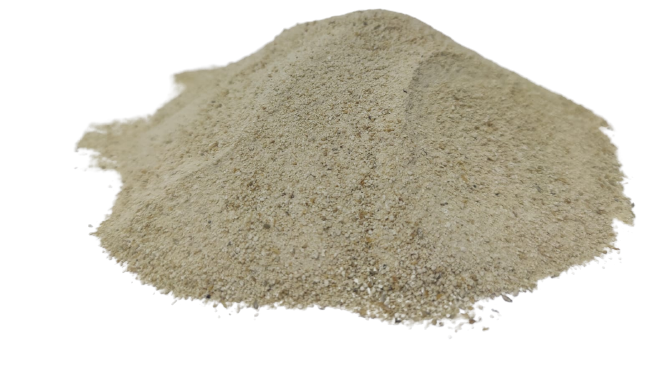
Rice gluten, also known as rice gluten meal or rice protein, is a byproduct of rice processing. It is derived from the protein-rich portion of rice grains, particularly the endosperm. Here’s some information about rice gluten:
Protein Content: Rice gluten is primarily valued for its high protein content. It contains approximately 45-50% protein, making it a valuable ingredient in animal feed, particularly for poultry, pigs, and aquaculture.
Amino Acid Profile: Rice gluten has a well-balanced amino acid profile, which means it provides a good range of essential amino acids required for proper growth and development of animals. It is especially rich in cysteine and methionine, which are limiting amino acids in some plant protein sources.
Gluten-Free: Despite the name “rice gluten,” it is important to note that rice gluten is actually gluten-free. Gluten is a mixture of proteins found in wheat, barley, and rye, and rice does not contain these specific proteins. Therefore, rice gluten can be consumed by individuals with gluten intolerance or celiac disease without triggering adverse reactions.
Nutritional Supplement: Rice gluten can also be used as a nutritional supplement for humans. It is often processed into a powder or flour form, which can be incorporated into various food products such as bread, pasta, and protein bars. Rice gluten can be an alternative protein source for individuals following vegetarian or vegan diets or those looking to diversify their protein intake.
Industrial Uses: In addition to its nutritional applications, rice gluten has industrial uses as well. It can be used in the production of adhesives, paper coatings, and biodegradable packaging materials. Its adhesive properties make it useful in various industrial processes.
It’s worth mentioning that rice gluten should not be confused with rice bran, which is another byproduct of rice processing. Rice bran is the outer layer of the rice grain and is rich in fiber, vitamins, and minerals, while rice gluten primarily consists of proteins.
